Bottle Neck Finishes: The Unsung Hero of Packaging Innovation
Did you know a bottle’s neck finish can make or break your product’s success? From leak-proof seals to tamper-evident designs, these unsung heroes ensure functionality, safety, and brand appeal. Dive into the critical role of thread standards (GPI, FD), dimensional precision (T, E, H), and innovative closures like DBJ or cork. Discover how material choices and sustainability trends are reshaping packaging—and why mastering these details safeguards your product’s integrity. Ready to elevate your packaging game? Unlock the secrets behind bottle neck finishes now.
Bottle Neck Finishes: Key to Packaging Design
Bottle neck finishes are crucial in packaging design, impacting functionality, user convenience, and brand integrity. From Continuous Thread (CT) finishes to tamper-evident DBJ necks, each design serves a unique purpose. Understanding these options can enhance product performance and consumer appeal.
What is a Bottle Neck?
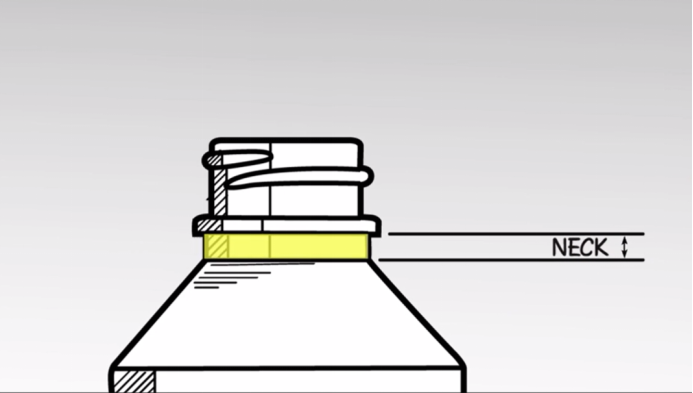
The bottle neck is the narrowest part of a bottle, tapering to a smaller opening. It controls the flow of liquids, prevents spills, and ensures compatibility with various closures like caps or droppers. The neck's design enhances user experience, whether for beverages or essential oils.

What is a Bottle Neck Finish?
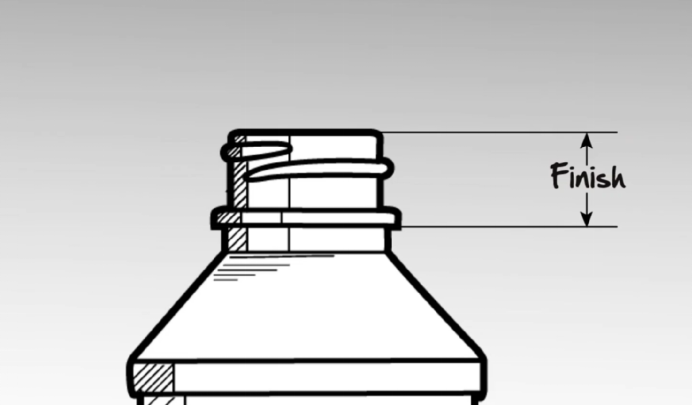
The top of the bottle is referred to as the "finish" or “neck finish”. The term "finish" originated when glass bottles were still produced mouth-blown by a craftsman, and the last step in completing a finished bottle was to "finish the lip." Today, the finish is completed first and refers to the glass or plastic that forms the opening of the container, shaped to secure a closure.

The bottle neck finish is the upper section where the neck meets the opening, featuring threads to secure caps or closures. It is defined by dimensions (e.g., 28-400), where the first number indicates the diameter in millimeters, and the second denotes the thread style. A well-designed finish ensures easy pouring, dispensing, and safety features like tamper-evidence.

Matching Containers & Caps
To ensure a perfect fit, measure the neck finish of both the container and cap. Key dimensions include:
- T Dimension: Outer diameter of the threads.
- E Dimension: Outer diameter of the neck.
- I Dimension: Inner diameter of the neck.
- S Dimension: Distance from the top of the neck to the first thread.
- H Dimension: Height of the neck finish.
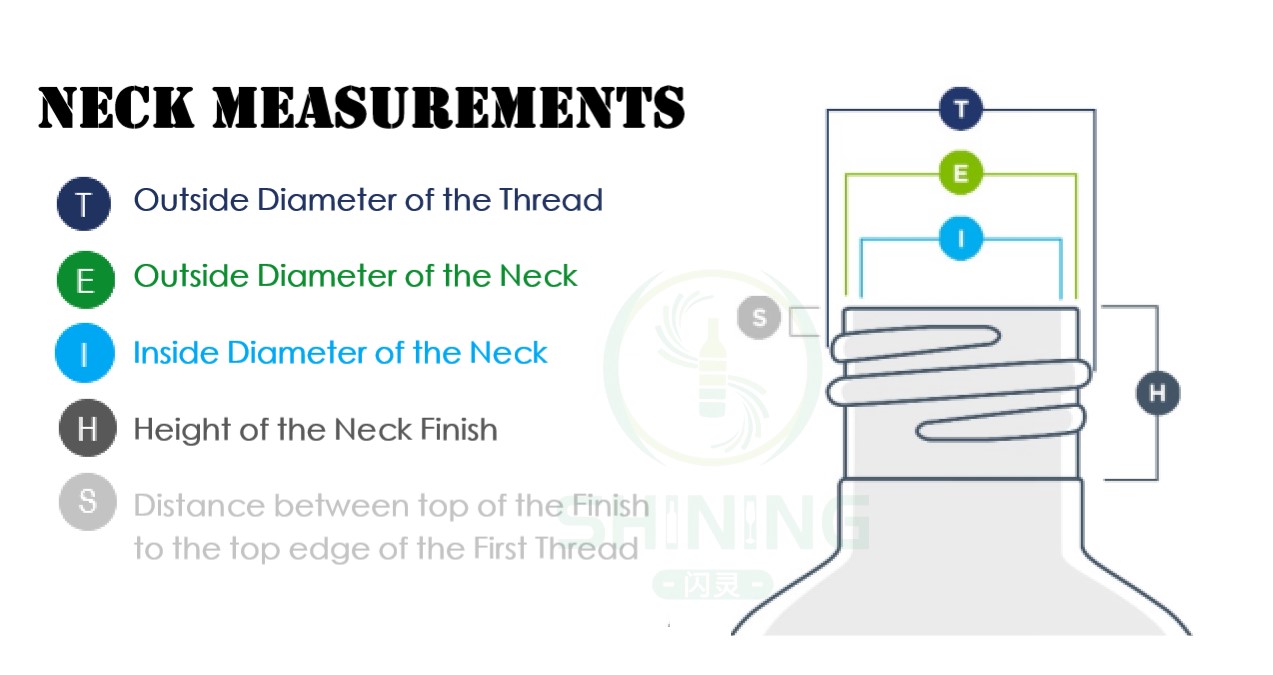

Additional Factors Affecting Fit
Other factors influencing bottle and cap compatibility include:
- Material: Affects flexibility and strength.
- Temperature Tolerance: Determines usability in extreme conditions.
- Closure Type: Impacts sealing effectiveness.
- Thread Design: Influences compatibility.
- Cap Design: Enhances ease of use.
Importance of Bottle Neck Thread Finish
The thread finish is critical for sealing, compatibility, and versatility. It ensures:
- Sealing: Prevents leaks and maintains product integrity.
- Compatibility: Matches closures for a secure fit.
- Versatility: Accommodates various product types and consumer needs.
Types of Bottle Neck Threads
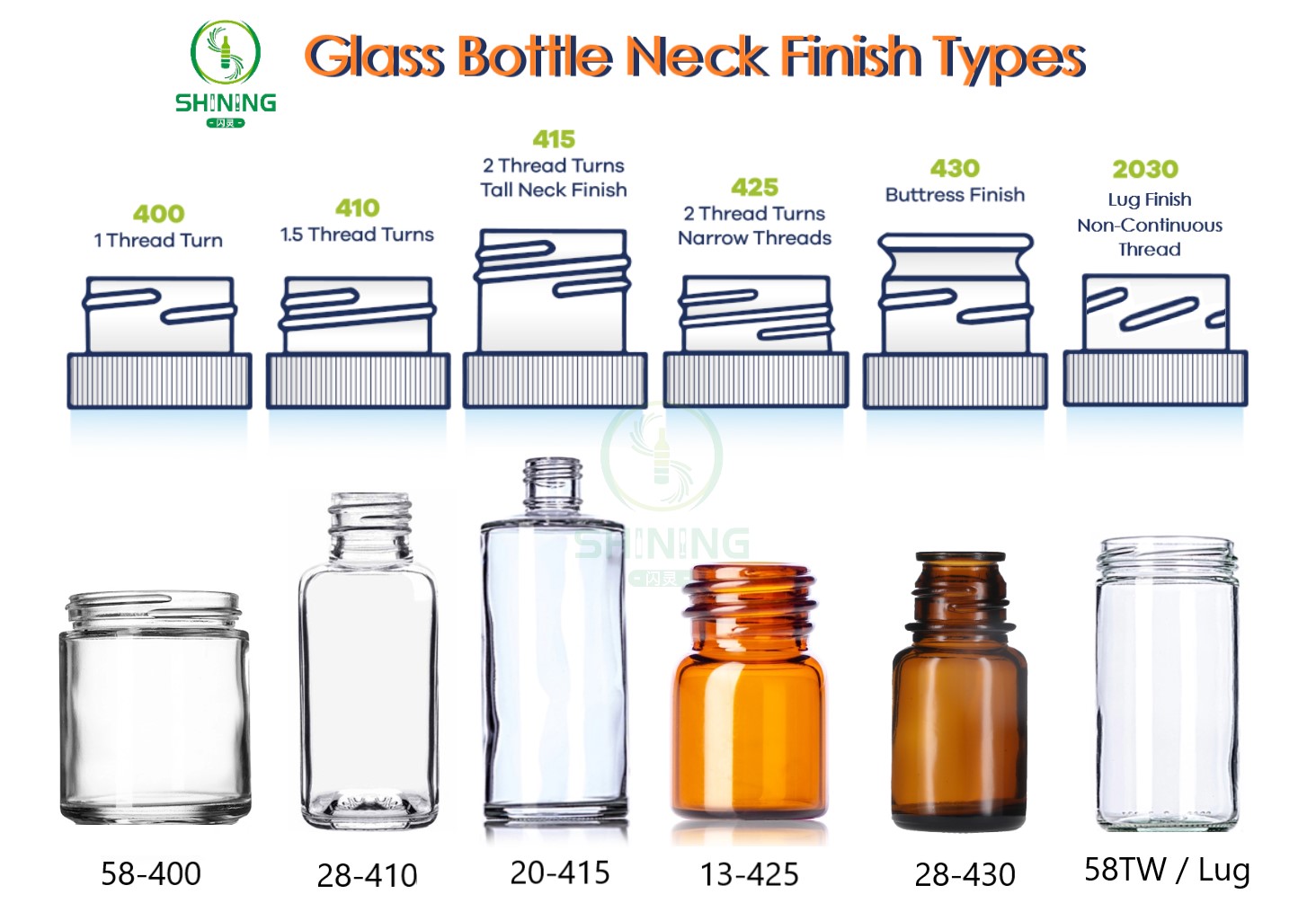
Common types include:
- Continuous Thread (CT): Versatile and secure, with variations like 400, 410, 415, 425, and 430.
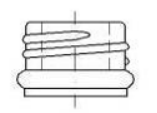

- DBJ Thread: Features tamper-evident rings for enhanced safety.
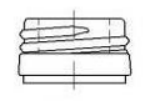

- Twist-off Thread: also called Lug Finish. Easy to open and close, ideal for condiments.


- Cork Neck Finish: Traditional choice for wine and spirits.
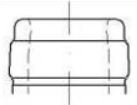

- Snap-On Neck Finish: Simplifies sealing with easy application.
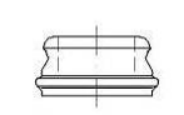

- Crown Neck Finish: Iconic design for beer and beverage bottles.
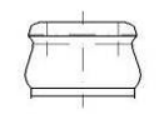

Standardization of Bottle Neck Threads
Standardized finishes ensure compatibility and efficiency. Common standards include:
- GPI: Widely used in the U.S., with finishes like 18-400, 20-410, and 24-410.
- FD: EU standards for precise thread specifications.
- GL: Ensures compatibility and efficiency in packaging.
- PP (Pilfer Proof): Focuses on tamper-evidence and security.
Manufacturing Challenges
Producing bottle neck finishes involves challenges like inconsistent dimensions, material quality fluctuations, equipment malfunctions, and adapting to evolving consumer demands. Addressing these issues is crucial for maintaining efficiency and quality.
Packaging Industry Knowledge
Understanding bottle neck threads is essential for sealing performance, thread compatibility, and customization. Sustainable materials for closures can enhance brand appeal while supporting environmental goals.
For expert advice on selecting the ideal bottle neck finish for your brand, contact our packaging specialists today at shiningglass@126.com.
-
The Ultimate Showdown of Bird’s Nest Packaging: PT Cap vs. Tinplate Cap vs. Aluminum Cap
How to choose the perfect sealing cap for bird’s-nest packaging? Which comes out on top—PT-lined caps, tinplate caps, or aluminum screw caps? New to the industry and afraid of pitfalls? Seasoned pros still plagued by leaks? This article offers a deep dive into the performance, cost, and ideal applications of these three cap types, tackling the industry’s toughest challenges and helping you “crown” your product with the right cap—balancing quality and profit!
넶5 2025-04-28 -
From Rusty Returns to Flawless Seals: The Science Behind Food-Grade Capping
Are you constantly facing customer complaints about rusted lids and leakage after filling? Or dealing with packaging deformation and product returns post high-temperature sterilization? As experts in food-grade glass packaging container solutions, we fully understand the dual challenges of quality preservation and packaging compatibility during high-temperature sterilization.
넶11 2025-04-08 -
Why Embossing & Debossing Add Exceptional Commercial Value to Glass Bottles
In the packaging industry, first impressions determine whether consumers pick up your product. In an era where visual designs increasingly blend together, tactile experience has become a hidden weapon for brands to stand out. Embossing and debossing techniques create irreplaceable added value by giving glass packaging unique three-dimensional textures. At Shining Glass, we believe that packaging is not just a container—it’s a medium for brands to connect with users.
넶12 2025-03-21 -
Glass Bottle Selection Guide for Capsule and Pill Packaging
In the pharmaceutical and nutraceutical industries, packaging plays a critical role in ensuring product safety, efficacy, and shelf life. This guide provides a comprehensive overview of glass bottle selection for capsule and pill packaging, tailored for retailers, wholesalers, and distributors. Learn why glass is the preferred material, how to choose the right bottle size, and how Shining Glass can be your trusted partner in pharmaceutical packaging.
넶4 2025-03-11 -
The Genius of Texture: How Beverage Brands Use Orange Peel Patterns to Stand Out
To All Brand Owners, Designers, and Beverage Enthusiasts: Let's Talk About the Orange Peel Texture on Drink Bottles!
Yes, that bumpy, dimpled texture on your favorite drink bottle isn’t just a random design choice. If you thought it was merely decorative, think again! This unassuming feature is the “hexagonal warrior” of the beverage packaging world, a true hidden champion of industrial design that seamlessly blends functionality, aesthetics, and cost-efficiency.넶6 2025-02-28















